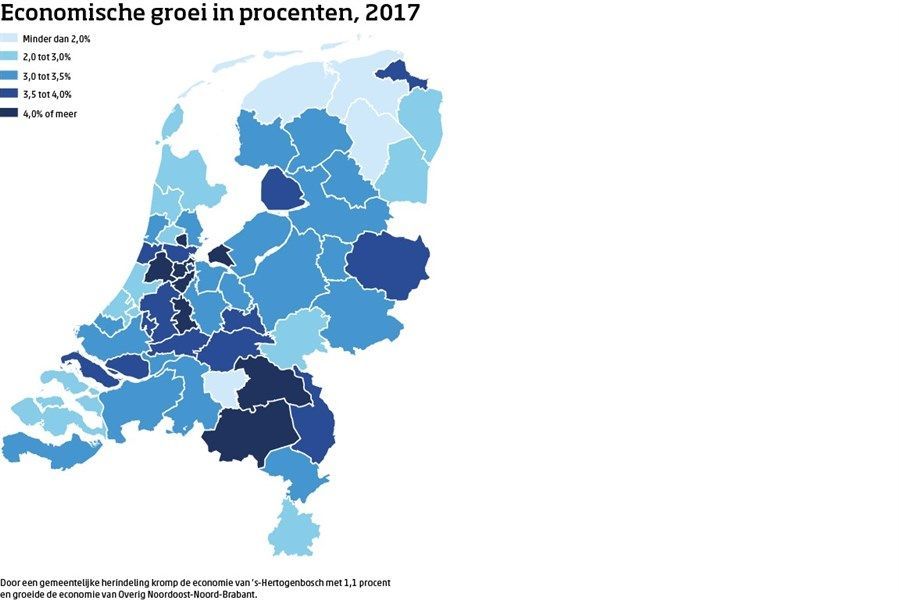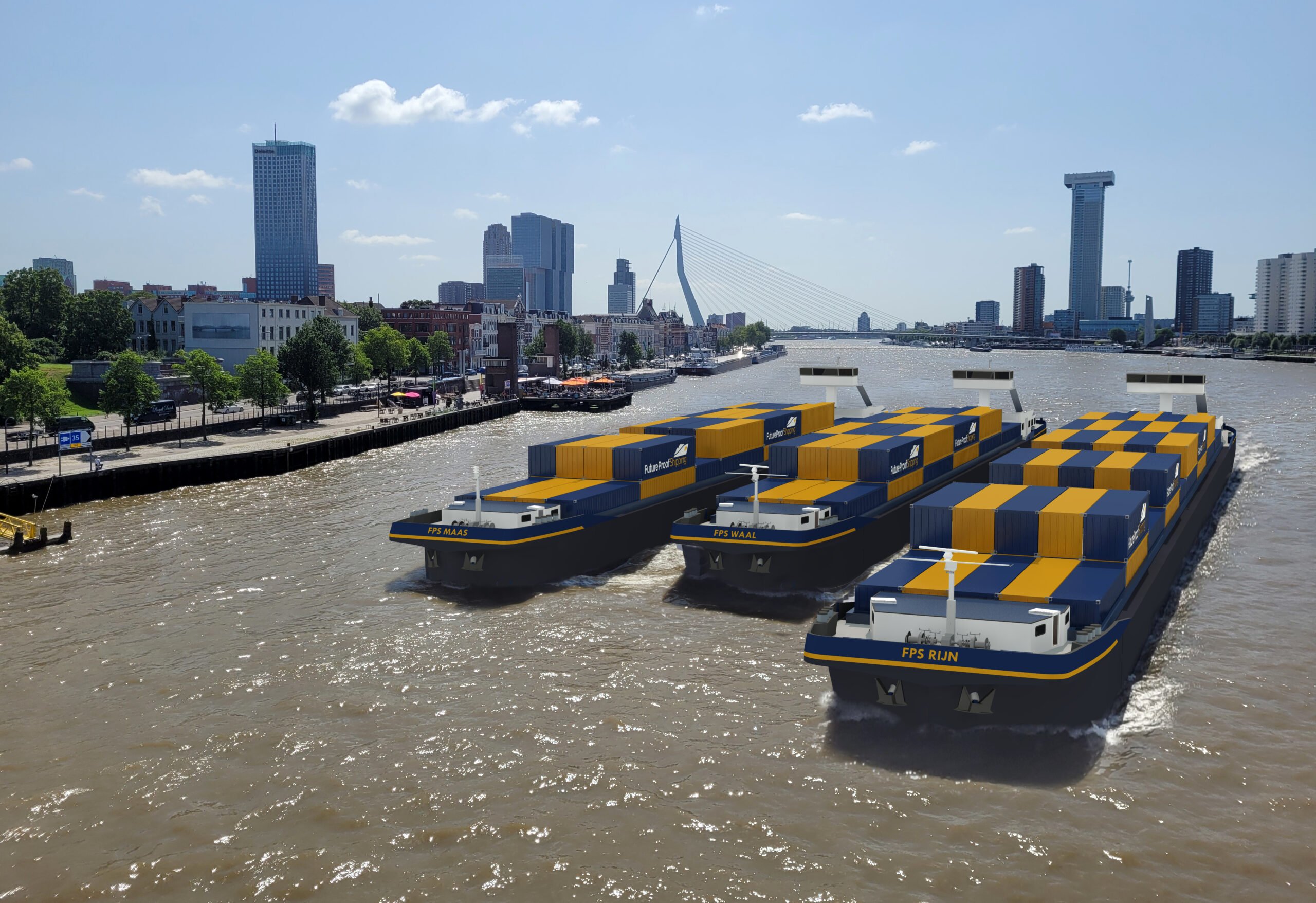
Once again, Eindhoven showed the strongest economic growth in the Netherlands in the past year. This time it was not Amsterdam (3.9% growth) that picked up, but Almere, that paired up with Eindhoven with 4.9% growth. As a province, Brabant experienced the second strongest growth: with 3.7%, Flevoland (4.7%) ended first. CBS reported all the new data today.
The Dutch economy grew much faster in 2017, at 3.2 percent, than in previous years. This growth was visible in almost all regions; only in Groningen did the decline in natural gas production lead to an economic contraction. The economy of Friesland and Drenthe was also held back by the extraction of natural gas. At 4.9 percent, the economies of Brainport Eindhoven (officially: ‘Southeast Brabant’) and the Almere Region showed the strongest growth.
Eindhoven and the surrounding area owes its growth to industry and business services. In Almere, the economy picked up as a result of strong economic growth in the lease companies. The economy of Amsterdam grew 3.9 percent, which makes it the #1 of the four large cities. The strong growth in the wholesale and retail trade led to this strong growth, but Rotterdam and Utrecht also benefited from this. In Rotterdam, this resulted in a growth of 3.3 percent. In Utrecht, the growth was slightly tempered by a contraction in the financial institutions; at 3.2 percent, Utrecht had an average growth rate. The moderate growth of the government led to the lowest economic growth of the four large cities in The Hague (2.6 percent).
With a growth rate of 4.2 percent, Flevoland had the strongest economic growth of all provinces. Followed by Noord-Brabant and Noord-Holland, which had an economic growth of 3.7%. Wholesale and retail trade grew strongly in 2017 and is the largest economic sector in North Holland. The economy of the province of Groningen contracted by 0.6 percent due to the extraction of natural gas; without the extraction of natural gas, the province grew by 2.5 percent.






